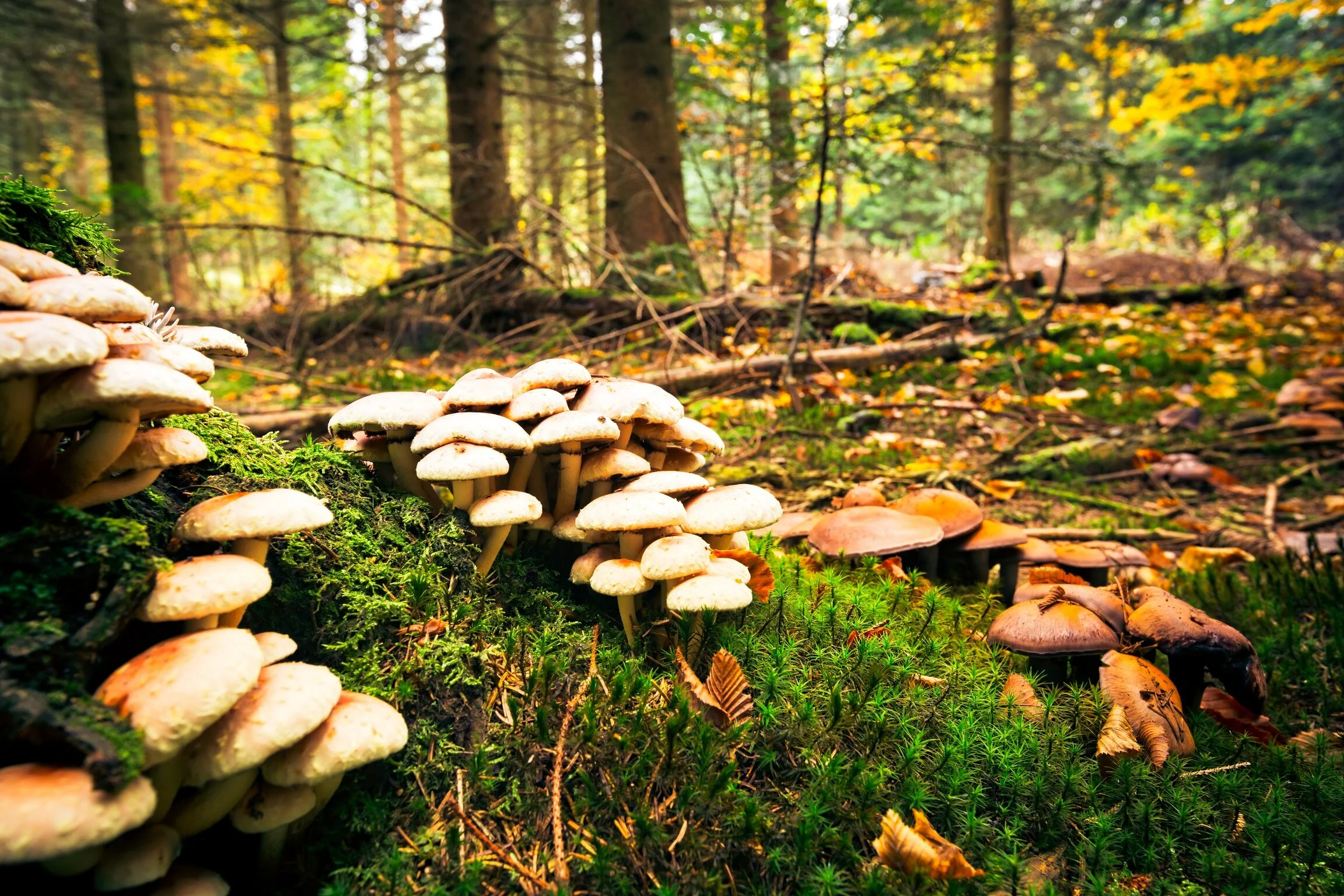We hear a lot about bees and how important they are for growing our crops. Well, they are – and we should also be concerned about recent declines in bee populations and their health.
Justin Schmidt - Suffering for science: why I have insects sting me to create a pain index
Explainer: what are the ‘nacreous clouds’ lighting up the winter skies?
People in the polar regions of the world, such as Scandinavia and Canada, sometimes get to watch majestic, rainbow-coloured clouds drift across an otherwise grey winter sky. Over the past few days, observers from across the UK and Ireland have also been lucky enough to witness this phenomenon, known as “nacreous” (or polar stratospheric) clouds.
Why can’t we predict when a volcano will erupt?
We started 2016 with a bang. Both Chile and Indonesia saw a clutch of volcanoes erupting after laying dormant for a decade or more. This followed an eruption in April 2015, when Calbuco volcano in Chile burst back to life after more than 40 years of silence, with experts giving less than two hours of warning. In an era of global satellite monitoring with proliferating networks of instruments on the ground, why can we still not accurately predict volcanic eruptions?
Explainer: why are cities warmer than the countryside?
In cities, the air, surface and soil temperatures are almost always warmer than in rural areas. This effect is known as the Urban Heat Island – a term which first came into use in the mid-20th century. Until the 1980s, this effect was considered to have relatively little practical significance. In fact, given that most studies were done in cities with cold winter climates, a warmer temperature was seen as a potential benefit, because it reduced the need for heating. But since then, we’ve found a number of reasons to be concerned.
How plants rely on friendly fungal bodyguards
How ‘Snowball Earth’ volcanoes altered oceans to help kickstart animal life
Revealed: how giant icebergs breathe life into remote oceans
As giant icebergs bob across the open seas they leave behind a trail of nutrient-rich meltwater, sparking new life in the world’s remotest and least hospitable oceans. This in turn means more carbon is taken from the atmosphere and stored below the waves. Massive icebergs may be a symptom of climate change – but they can also help keep it in check.
Why we should learn to love all insects – not just the ones that work for us
Insects, which include more than a million described species, represent roughly two-thirds of the biodiversity on Earth. But they have a big PR problem – many think of insects as little more than crop-eating, disease-carrying jumper-munchers. But in reality, species fitting this bill are but a tiny part of an enormous picture.
How the cat got its coat (and other furry tails)
Our prettiest pollutant: just how bad are fireworks for the environment?
The bangs and fizzes of fireworks are rapidly replacing the chimes of Big Ben as the defining sound of New Year’s Eve celebrations in London, while around the world, city landmarks are becoming stages for increasingly spectacular pyrotechnic displays. Since the millennium, the popularity of fireworks has even extended into back gardens, where smaller fireworks or sparklers are lit up at the stroke of midnight.
Animals are evolving faster than you think – here’s the living proof
We want to build tiny backpacks for bees – here’s why
An exciting attempt to help honey bees has come about thanks to an unlikely intellectual marriage. One of us is an ecologist who wants to keep an eye on individual bees over their entire two to three-mile range and monitor their behaviour. The other is an expert in micro-electronics. Together, we want to develop miniature bee “backpacks” that will power tracking devices by harvesting the energy honey bees generate while flying and visiting flowers.
Six things you can do with coffee – after you’ve finished drinking it
Many of us depend on coffee to fuel our early morning meetings, mid-afternoon slumps or all-night study sessions. These days, the words “coffee” and “fuel” are half-jokingly synonymous. More than 9m tonnes of the bean are produced annually around the world and, once we brew it, an awful lot of waste is created. The vast majority ends up in landfill.
The hidden killer in your home – and how to avoid it
Seven spectacular weather events – and what causes them
Why cats are fussy eaters but dogs will consume almost anything
Anyone who’s watched a cat throwing up after munching on grass knows that our feline friends aren’t natural plant eaters. So you might be surprised to discover that these carnivorous animals share some important genes that are more typically associated with herbivores. And this might help explain why cats aren’t always easy to please when it comes to food.
Meet the Lazarus creatures – six species we thought were extinct, but aren’t
Ice ‘lightning’ may have helped life survive Snowball Earth
The ice sheets and glaciers that extend over roughly 11% of the Earth’s land mass are home to a surprisingly abundant source of life. Sections of liquid water beneath and inside the ice provide a habitat for a genetically diverse variety of microbes. And studying these organisms gives us some clue what life may have looked like if there were indeed periods of the planet’s history when the land was entirely covered in ice for millions of years.
The universe’s most miraculous molecule
It’s the second most abundant substance in the universe. It dissolves more materials than any other solvent. It stores incredible amounts of energy. Life as we know it would not be possible without it. And although it covers more than 70% of the Earth’s surface, many parts of the world are in dire straits for lack of it. What is it?











